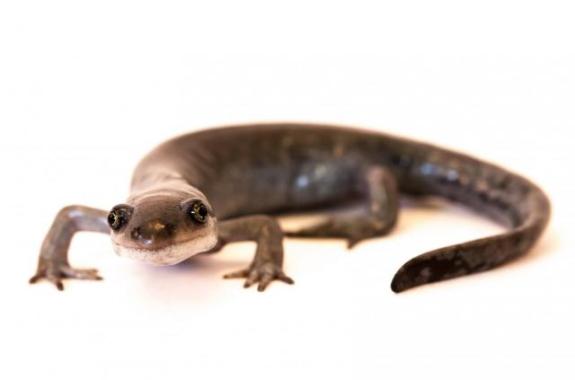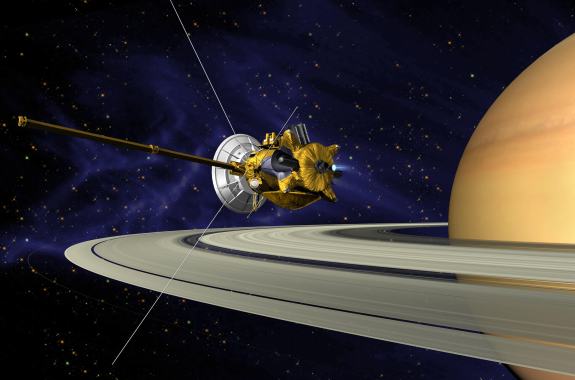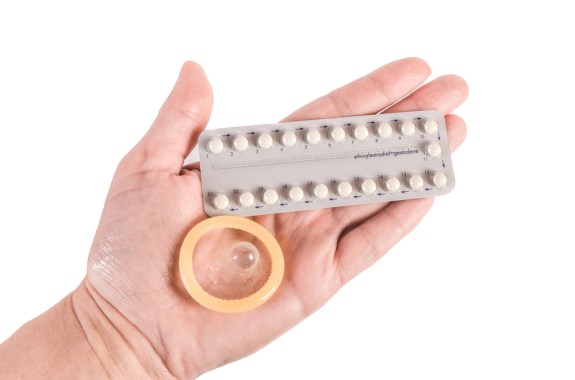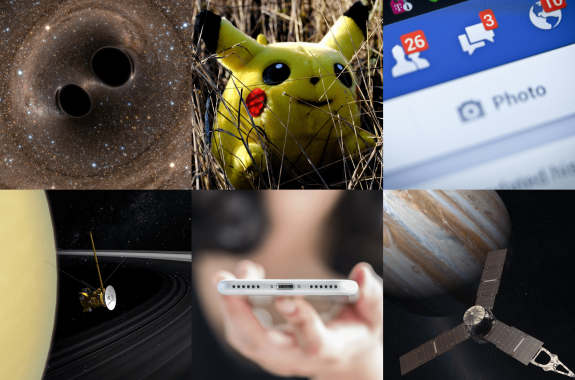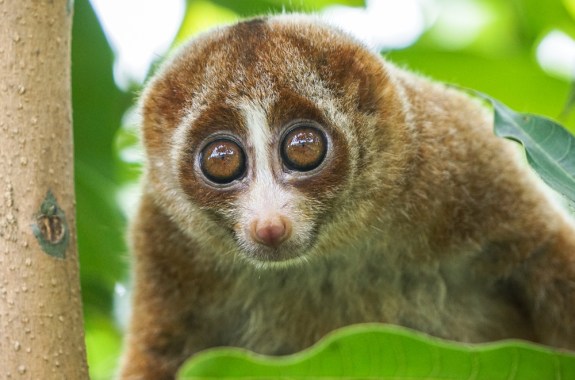Rachel Feltman is a freelance science communicator who hosts “The Weirdest Thing I Learned This Week” for Popular Science, where she served as Executive Editor until 2022. She’s also the host of Scientific American’s show “Science Quickly.” Her debut book Been There, Done That: A Rousing History of Sex is on sale now.
9:27
Evidence Of Cleaner Air, Hidden In The Drawers Of A Museum
Plus, autumn in the era of climate change and the role fungi play in the gut microbiome.
8:15
Supercomputers In Space, Alternative Cancer Therapies, And A Frozen Fruitcake
NASA is preparing a year-long test to examine how off-the-shelf supercomputers might withstand radiation in space.
7:37
A Gene-Stealing Salamander, A Solar Companion, And French Fry Safety
Plus, involuntary manslaughter charges are brought against several officials in connection with the Flint, Michigan water crisis.
7:14
Cassini Acrobatics, Phishing, And The Evolution Of A Skunk
The Cassini spacecraft is in the midst of a series of dives through Saturn’s rings.
7:36
Climate Change Policy, Hormone Cycle on a Chip, and Titan’s Electric Dust
New executive orders from the Trump White House turn back elements of the Obama administration’s climate change policies.
07:21
An Advance Towards Male Birth Control, Sequencing the Quinoa Genome, and Slip-Off Gecko Skin
A male contraceptive gel prevented pregnancies for a year in rhesus monkeys.
46:55
2016 Year in Review
Gravitational waves, CRISPR, and Pokémon Go—a look at the big science stories of 2016.
7:09
Charon’s Red Cap, Mapping the Milky Way, and Crafty Crows
Pluto may be the source of the wispy red cap on the north pole of its moon Charon.
7:25
A Planetary Neighbor, Recovering a Lost Spacecraft, and Iceman Fashion
Science journalist Rachel Feltman discusses a newly discovered exoplanet neighbor, and other stories from the week in science.
7:21
Protoplanet Moon Impact, Drunk Lorises, and More
In this week’s news roundup, Rachel Feltman from the Washington Post’s Speaking of Science blog talks about the protoplanet impact that may have created the moon’s Imbrium Basin.


